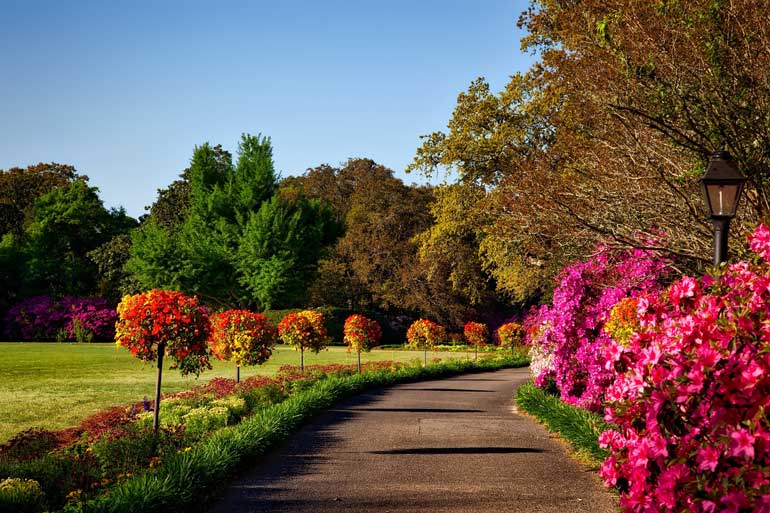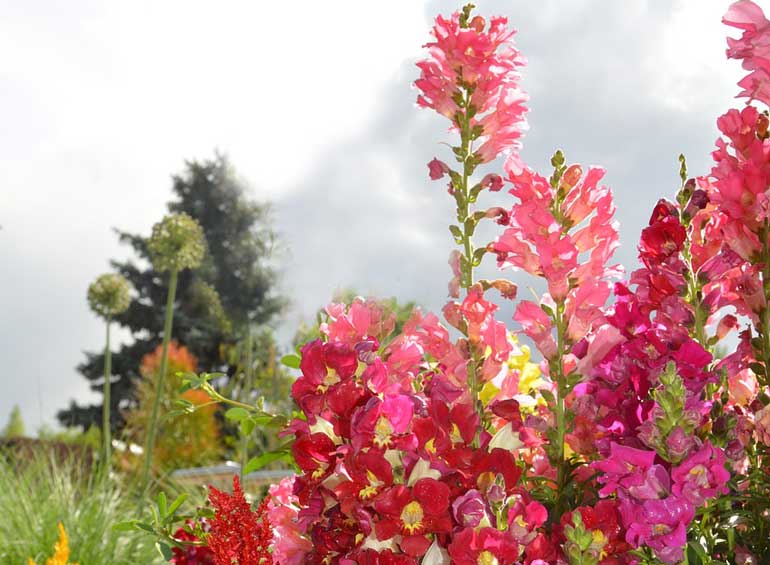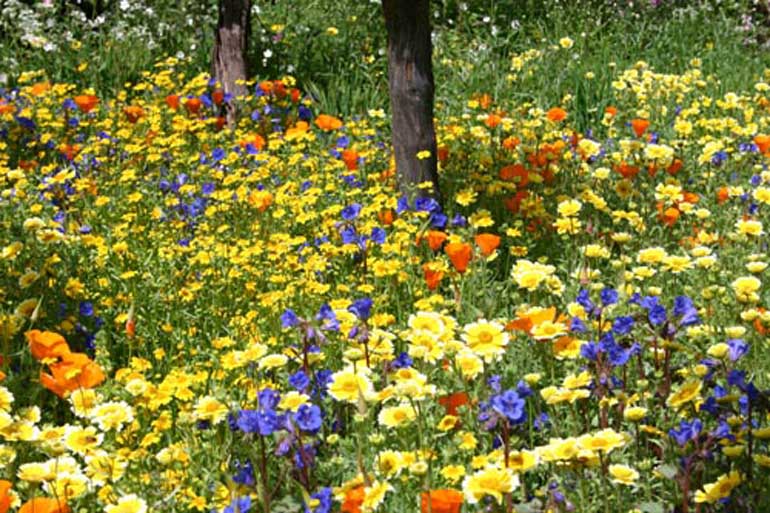What is The Best Plant to Plant in Winter ( Hamari Duniya Pak )
In certain areas of Australia and New Zealand, winter is a period of abundant precipitation and cool temperatures that can be appreciated in the organization of various nursery plants.
Albeit many plants slip into lethargy where winters are gentle, there are a lot of evergreen trees, bushes and perennials, as well as strong annuals, that will keep the nursery energetically buzzing with plant life and blossoms through the sluggish season.
The right time to landscape?

in numerous gentle winter environments, fall is the favored establishing season for perennials and evergreens, both huge and little.
When planted in the fall, these plants will profit from the cool temperatures and winter downpours.
When the sweltering climate returns the accompanying summer, they are easily gotten comfortable with solid, profound roots laid out in the dirt.
What's more, harvest time is the best an ideal opportunity for partitioning a few perennials, for example, daylilies, which can become swarmed assuming that they have spent quite a long while in a similar spot.
When partitioned at the fitting time, they will be very much attached and prepared to sprout while spring shows up.
The tyranny of the lawn

In warm environments, warm-season grasses, like sofa, bison and kikuyu, are the inclined toward grasses.
During spring, summer and harvest time, these yards are green breadths that request standard cutting, watering and loads of compost.
As the climate cools, warm-season grasses will slow down and may become torpid.
In regions that experience winter ices, warm-season yards are obligated to become brown and dead with the main ice.
While certain assortments guarantee to hold their green tone through winter (counting 'Wintergreen' sofa and 'Sir Walter' bison), most warm-season grasses mope between dull green and straw tone.
A few bison yards might foster a ruby hint, which can be taken out by cutting in late fall or late-fall.
Assuming the possibility of an earthy colored yard over winter is unappealing, it tends to be camouflaged under a cover of green by oversowing it in pre-winter with cool-season grass seed like rye or tall fescue.
In environments with cold to gentle winters and gentle summers, cool-season grasses are the favored decision for yards, gave satisfactory water is accessible.
These yards request loads of summer watering, yet become lavish and green in winter, and give a lovely green difference to the uncovered parts of deciduous trees and bushes.
As the colder time of year attracts to an end, they are regularly featured with English daisies.
Willing winter bloomers

Sasanqua camellias lead the show with their first blossoms opening in pre-fall and advancing through pre-winter into late-fall.
In late harvest time and winter, the japonica camellias highlight, with assortments opening logically until spring.
Camellias are a decent decision for an evergreen support, or can be the focal element of your colder time of year garden.
For additional interest, edge with other winter-blooming plants like pansies and primulas, or early-blossoming jonquils and narcissus.
In gentle winter environments nurseries can be a mass of blossoms with cautious preparation. In radiant spots, deciduous magnolias are shocking surprisingly blossom in pre-spring while their branches are as yet uncovered.
The showcase keeps going into late-winter as the leaves show up.
Encompass them with Marguerite daisies, African daisies and narcissus for a breath of spring in winter.
Colourful winter annuals

Think about establishing dusty mill operator, dianthus, decorative kale, poppies, pansies and snapdragons.
You can think that they are in garden habitats in punnets from fall onwards.
They may not sprout a lot during the most limited long periods of winter, however will give incredible shading again in late-winter.
If all else fails about the fortitude of not-exactly strong plants, like snapdragons, plant them in a shielded spot.
A divider or building can retain heat during the day and transmit warmth to local plants around evening time.
Such a shielded spot likewise assists with safeguarding plants from being harmed by brutal winter winds or ices.
In gentle winter environments, arranging and groundwork for the spring and summer garden proceeds through the colder months.
In ice free environments, capitalize on the cool conditions to plan new nursery beds, or modify and replant existing ones.
In subtropical regions, spring comes from the get-go in the nursery as petunias and yearly phlox burst into sprout.
These annuals can be begun in winter as seeds or seedlings.
In everything regions, you can keep winter and spring annuals, for example, pansies and sweet peas blossoming for a long time by consistently picking or deadheading spent blossoms.
The utilization of a fortnightly portion of fluid compost will likewise assist with keeping your annuals developing and blossoming great.
What to look for: Compact plantings

While investigating a plan, bunch pansies, primulas and other cool-season annuals near one another so close by long-lasting plants won't be upset when you pull them up and supplant them with summer annuals.
0 Comments
Post a Comment